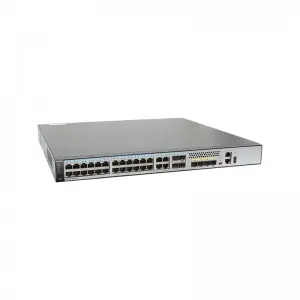1) Straight-through:
A straight-through Ethernet switch can be understood as a line matrix telephone switch with a crossover between ports. When it detects a data packet at the input port, it checks the packet header of the packet, obtains the destination address of the packet, starts the internal dynamic lookup table to convert it into the corresponding output port, connects at the intersection of input and output, and passes the data packet directly to the The corresponding port realizes the switching function.
2) Store and forward:
The store-and-forward method is the most widely used method in the field of computer networks. It first stores the data packets of the input port, and then performs CRC (Cyclic Redundancy Check) check. After processing the error packets, it takes out the destination address of the data packet, and converts it into the output port through the lookup table to send the packet.
3) Fragment isolation:
This is a solution in between the first two. It checks whether the length of the data packet is enough to 64 bytes. If it is less than 64 bytes, it means that it is a fake packet, and then the packet is discarded; if it is greater than 64 bytes, the packet is sent. This method also does not provide data validation. Its data processing speed is faster than store-and-forward, but slower than cut-through.
Post time: Mar-27-2022


